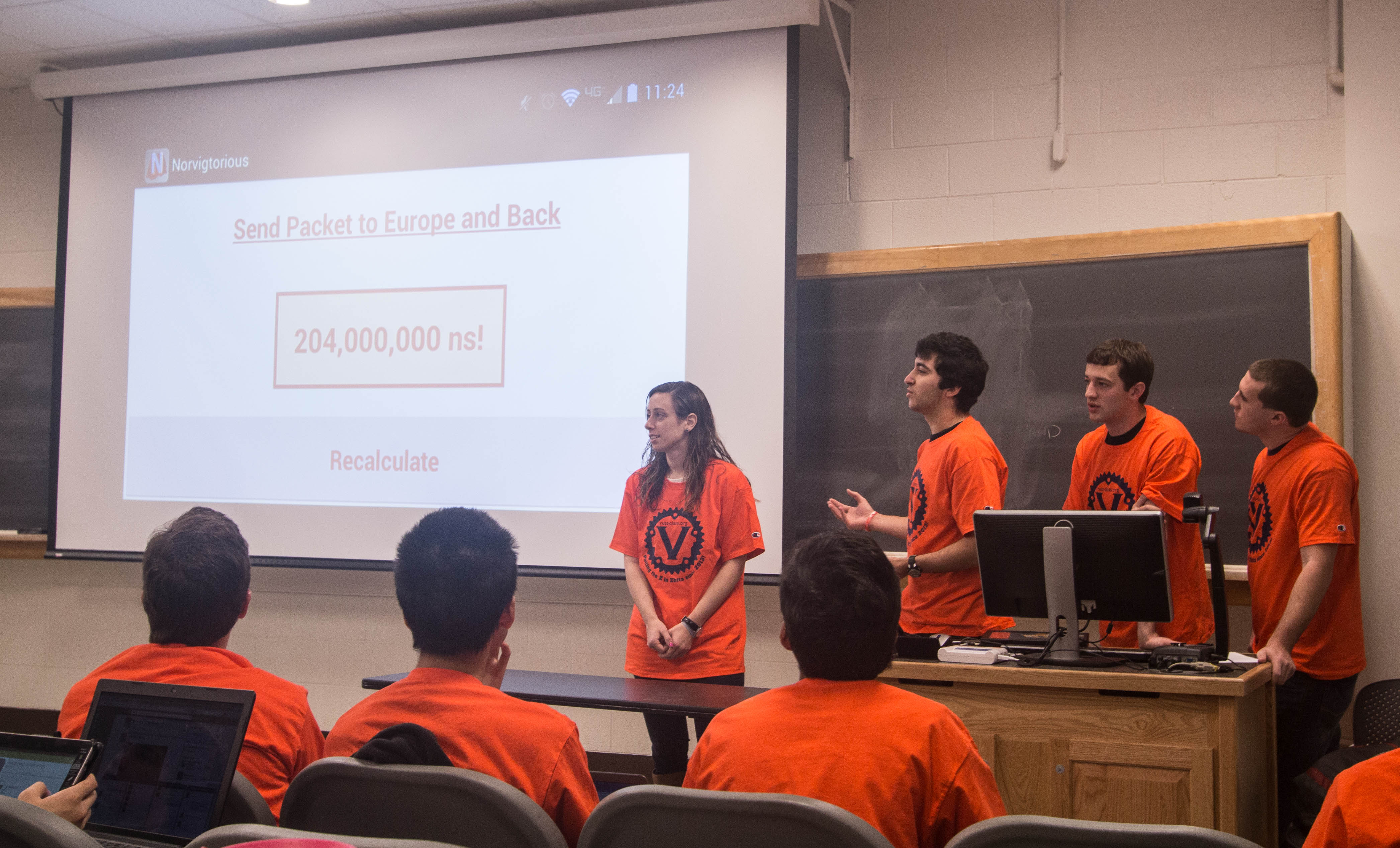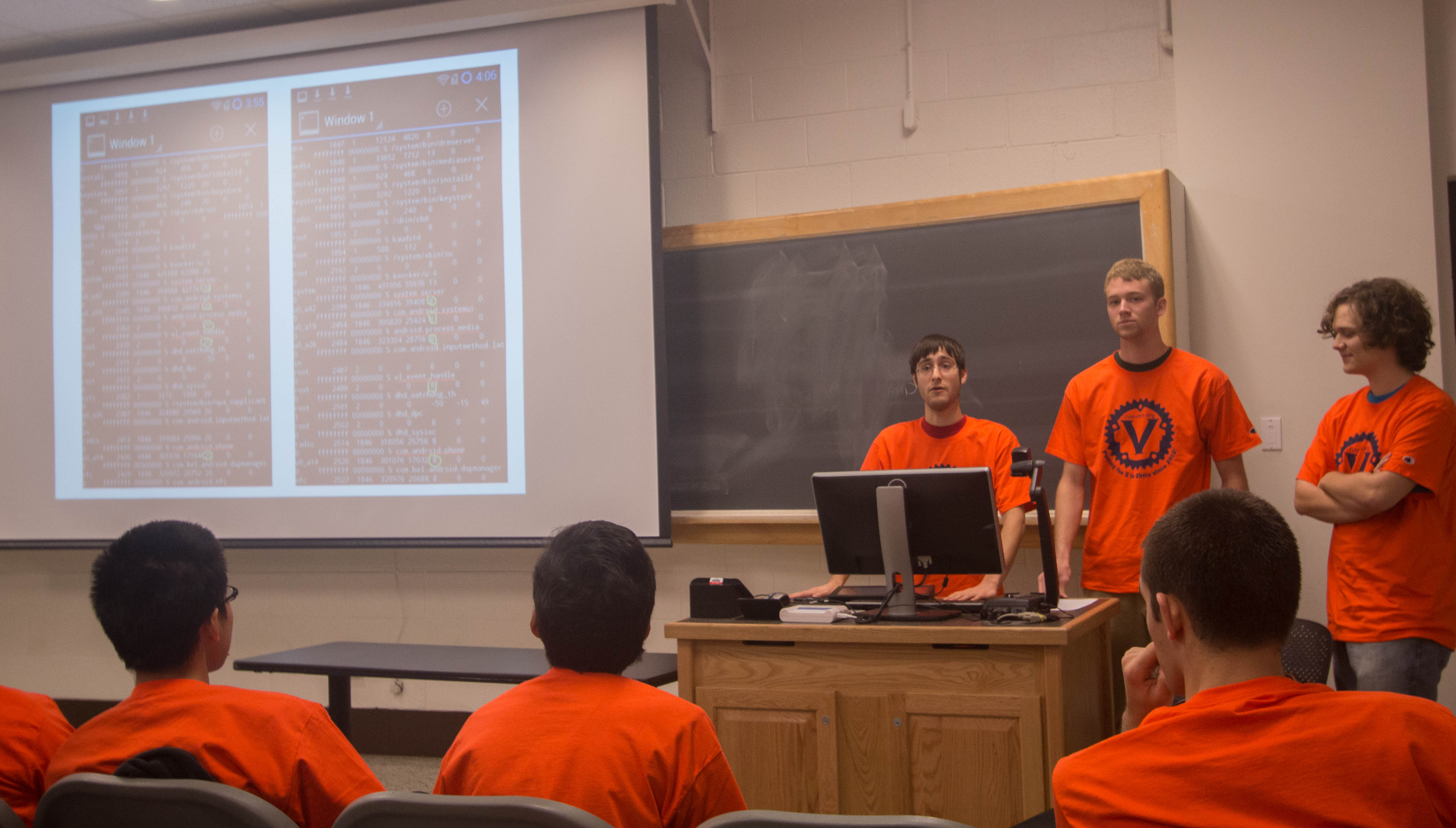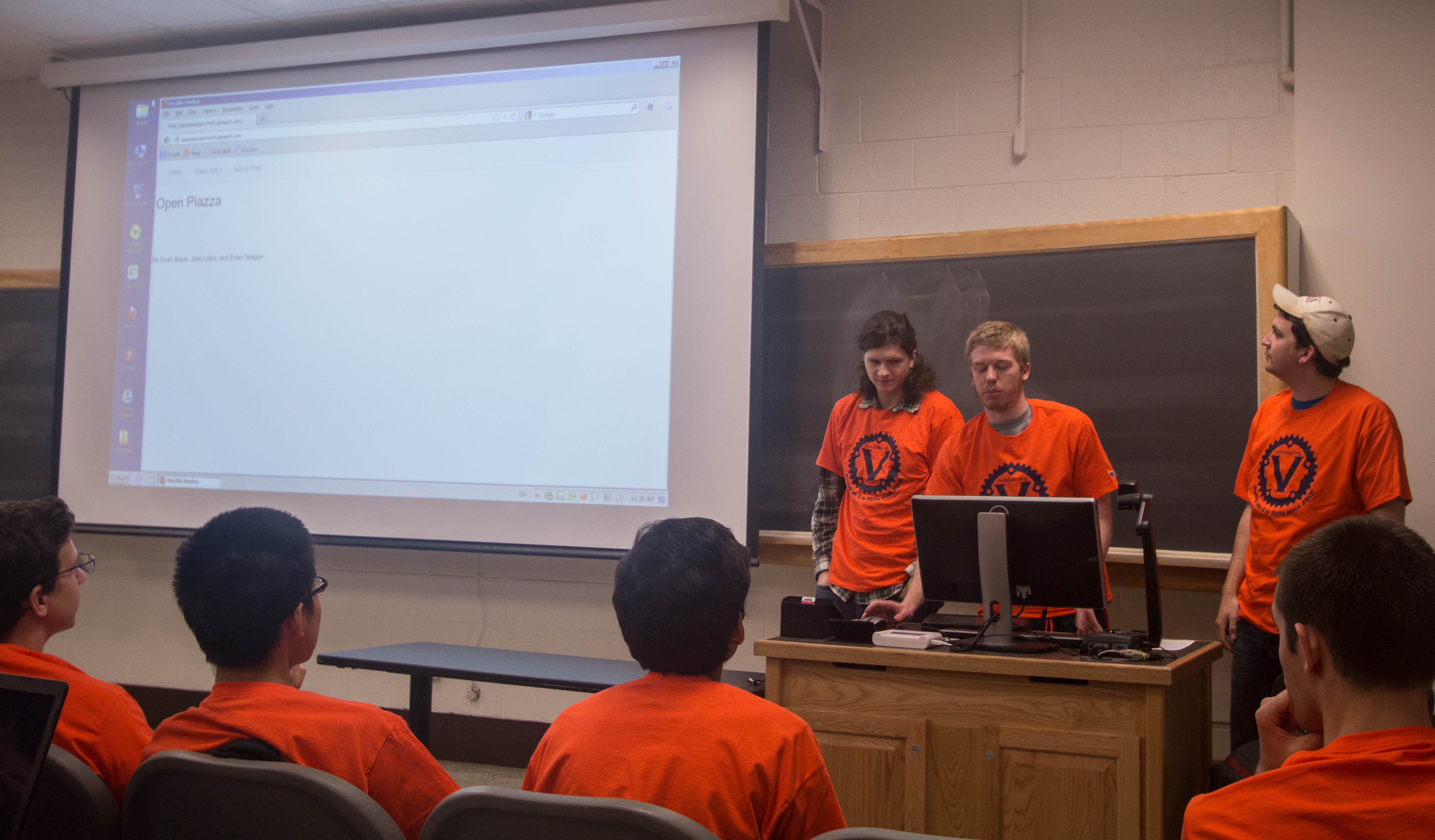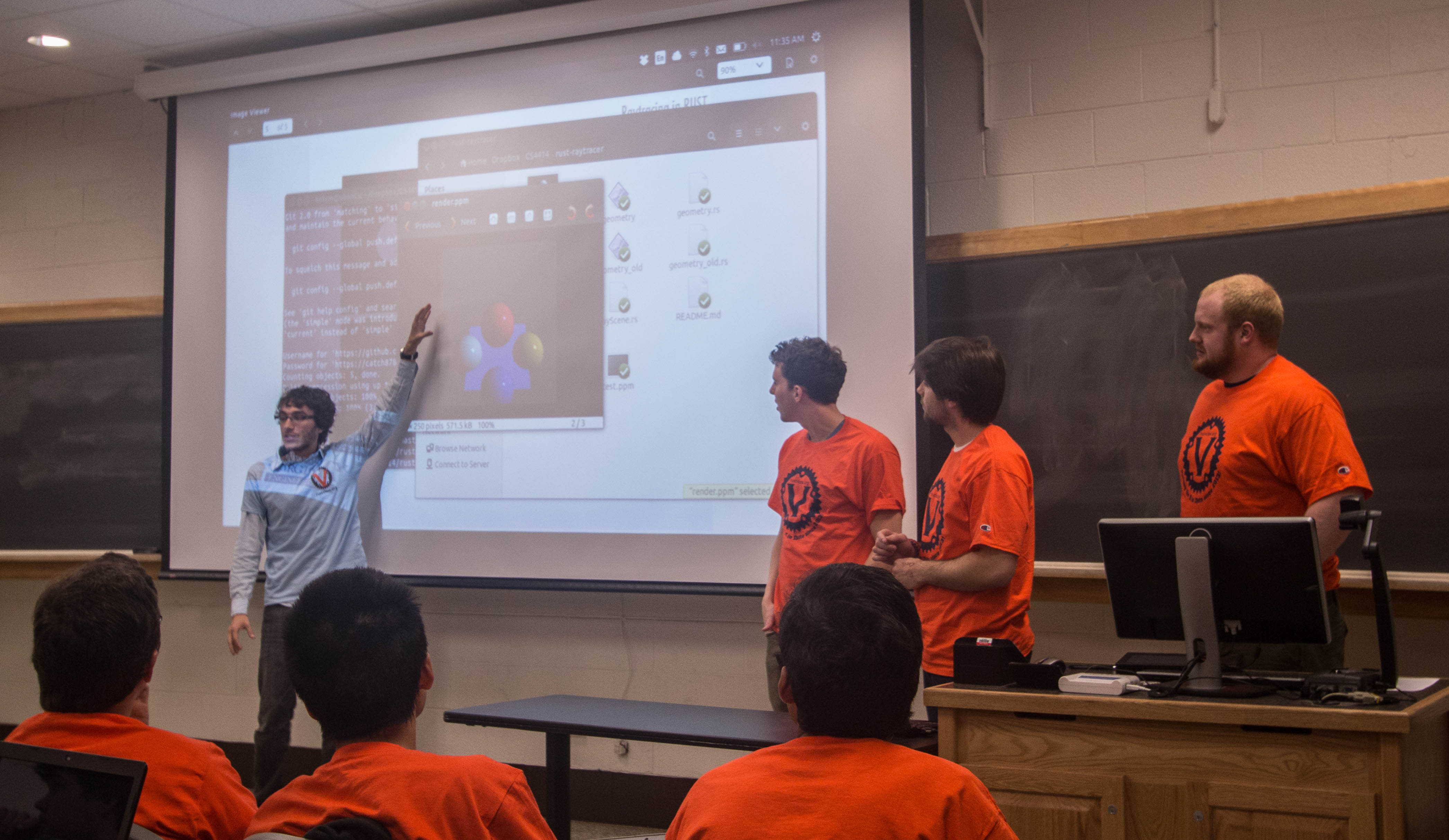Final Projects
Non-Rust Projects
uvasear.ch
People search at the University of Virginia is cumbersome, so we built a chrome extension with typeahead to make the process of looking up computing IDs easier. This extension will help you go from computing ID to name and vice versa.
Source code: https://github.com/BinRoot/graphUVA
The Droids that You are Looking for
Source code: https://github.com/joshlisko/openpiazza
We have created a WordPress site for audiophiles to understand the different aspects of perfecting audio playback. We present information on how computers handle audio mixing and streaming and the different processes that occur. We give a comparison of how different Operating Systems and media players have approached the challenges of playing back audio. In our website we cover discuss different frameworks and drivers, processors and other hardware, formats and codecs, and talk about how audiophiles desire perfect playback down to the bit. We let users leave comments on the articles so that they can add to the discussion and add to the wealth of information.
As a final project for my operating systems course I tried to get a Debian package updated in the official package archive. The package was a bundling of the apache projects full-text search engine solr. I ended up failing miserably at this stated goal, but I learned a couple things in the process and want to make it easier for someone to understand what I now know to be a simple, but time-consuming process.
Rust Projects
Iron Kernel

- Concurrency: Lightweight tasks are spawned for each ray, taking advantage of the safety and power of Rust
- Accuracy: Phong and Lambertian shading schemes are used to make scene objects react realistically to light
- Customization: Users can create their own scenes by modifying load.ray
- Universal Output: PPM file output is lightweight and multi-platform, Rust-Raytracer renders directly to render.ppm
Real time audio in rust. The goal was to use the existing rust-portaudio project to write audio processing software in rust that can operate as part of the wider real-time audio software ecosystem.




Source Code
App Download